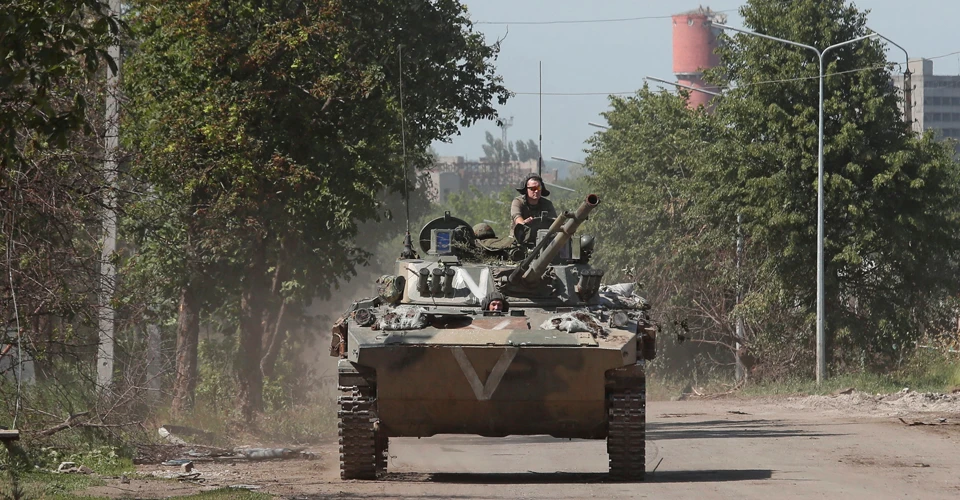
Russian advance rate at front increases, but remains slow - ISW
In recent weeks, Russian forces have picked up their pace on the front, but the speed still falls short, resembling positional warfare more than swift mechanized movements
That's the assessment from the Institute for the Study of War (ISW).
Analysts say this slow progress highlights the overall stagnation of Russia’s offensive after more than two and a half years of fighting.
According to ISW, in March 2024, Russian forces were advancing at an average rate of 1,265 square kilometers per day — about 90 times faster than the roughly 14 square kilometers per day they were taking in September 2024.
Early on, Russia's rapid incursion deep into Ukraine, seizing large areas in Kyiv, Chernihiv, Sumy, and Kharkiv regions, defined the invasion's initial phase. Later, however, the occupiers shifted to smaller, tactical offensives with localized objectives, military experts explain.
ISW reports that Russian forces have recently gained ground in eastern Ukraine, but suggests comparing these recent “gains” to the initial thrust into Ukrainian territory is misleading.
As of October 1, 2024, Russian forces took control of Vuhledar, continued advancing north and northwest of the area, and made notable tactical gains in Selydove, southeast of Pokrovsk, over the past week.
While these advances are tactically relevant, they don’t indicate an overall increase in the pace of Russian offensives across the front line, which largely remains static. Even now, Russia’s achievements fall two orders of magnitude below the speed of its early offensive.
The current pace matches ISW's assessment that the Russian command likely ordered its troops to step up mechanized attacks ahead of the muddy autumn months.
- Military expert Mykhailo Samus, director of the New Geopolitics Research Network and deputy director of the Center for Army Research, Conversion and Disarmament (CDACR), noted that Russian forces are making every effort to break through in southern Donetsk.
- News












































